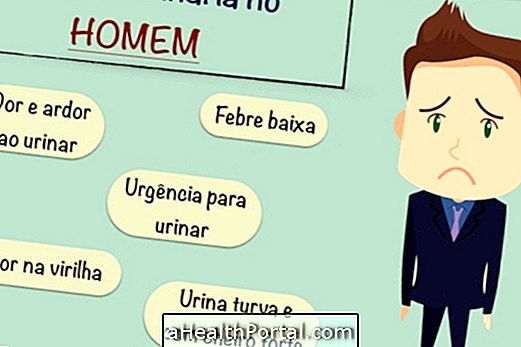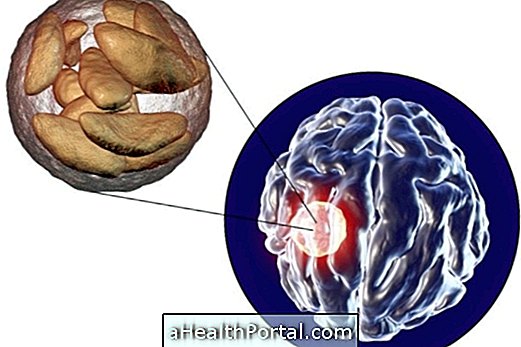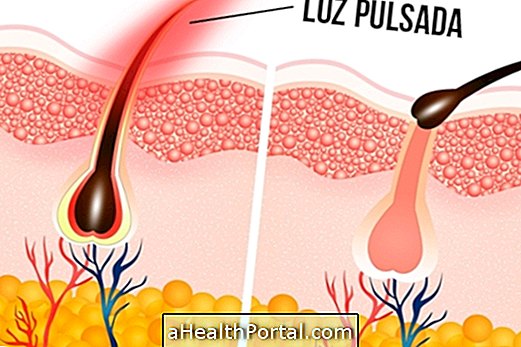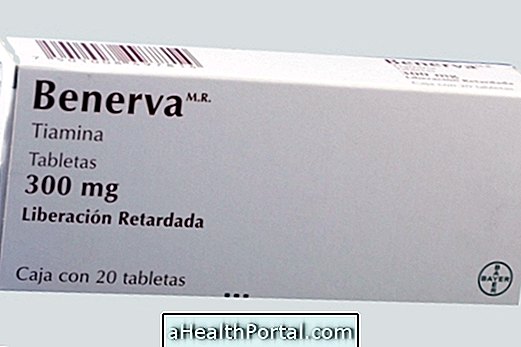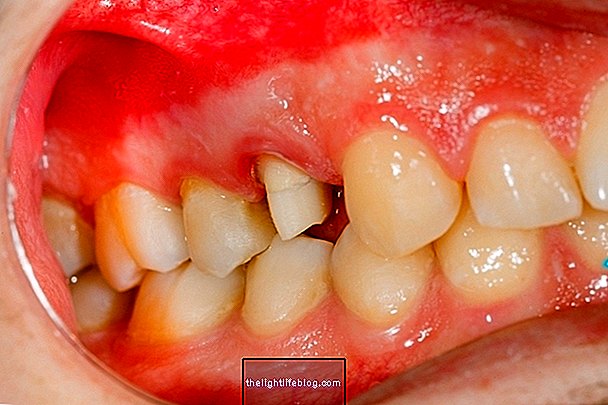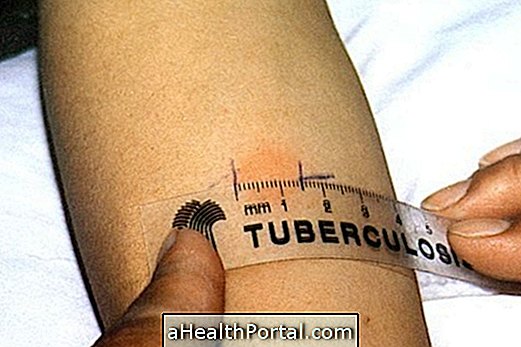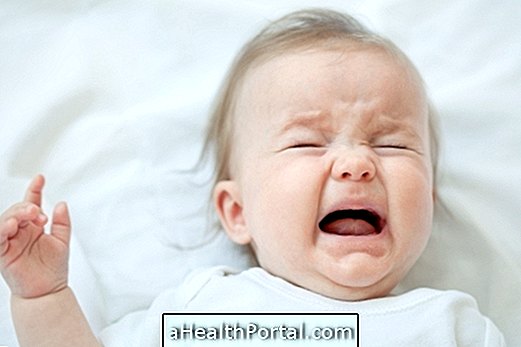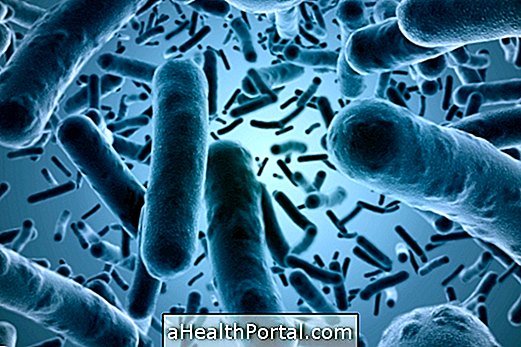Cryptorchidism is a common problem among babies and occurs when the testicles do not descend into the scrotum, the sac that surrounds the testicles. Normally, the testicles descend into the scrotum in the last months of gestation, and if not, the baby is born without the testicles in the normal place, which is easily observed by the pediatrician at birth or the baby's first visits.
The doctor notes that the baby's testicle is not in the scrotum by probing the scrotum soon after the baby's birth. If the testicle is not there, it may still descend on its own during the first year of the baby's life without the need for specific treatment, but if this does not happen, it may be necessary to have surgery to place the testicle in place. The surgery is simple and quick and should be performed before the age of 2 years.
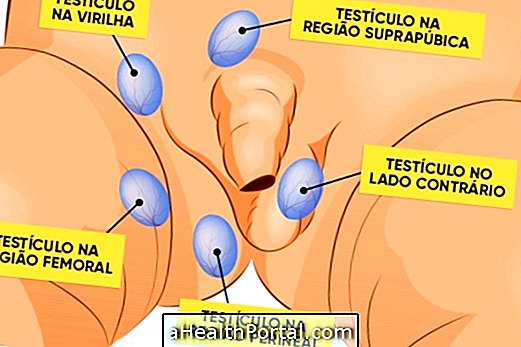
Types of cryptorchidism
Cryptorchidism can be classified into:
- Bilateral cryptorchidism : when the two testicles are absent in the scrotum, which, if left untreated, may make the man sterile;
- Unilateral cryptorchidism : when a testicle is absent on one side of the scrotum, which may lead to decreased fertility.
Cryptorchidism has no symptoms, but cases of orchitis, an infection of the testicle, may arise. Some consequences of cryptorchidism are infertility, herniated testicles, and the onset of cancer in the testicle, and to reduce these risks, it is necessary to position the testicle in the correct place during childhood in the first years of the baby's life.
Treatment to reposition the testicle
The treatment of cryptorchidism can be done with hormone therapy, through injections of testosterone or chorionic gonadotrophin hormone, which help to mature the testicle causing it to descend to the scrotum, which resolves up to half of the cases.
In cases where the use of hormones does not solve the problem, it is necessary to resort to surgery to release the testicle from the abdomen. This procedure is mainly used for unilateral cryptorchidism.
When the absence of testicles is detected in later stages, the removal of the testicles may be necessary to avoid future complications for the individual, making them sterile.
Because the baby's testicle did not come down
The causes of cryptorchidism can be:
- Hernias in the place where the testicles descend from the abdomen to the scrotum;
- Hormonal problems;
- Low baby weight;
- Preterm birth;
- Down's syndrome;
- Contact with toxic substances such as pesticides.
Some mother's risk factors such as obesity, gestational diabetes, type 1 diabetes, smoking, and alcohol during pregnancy can lead to cryptorchidism in the baby.




